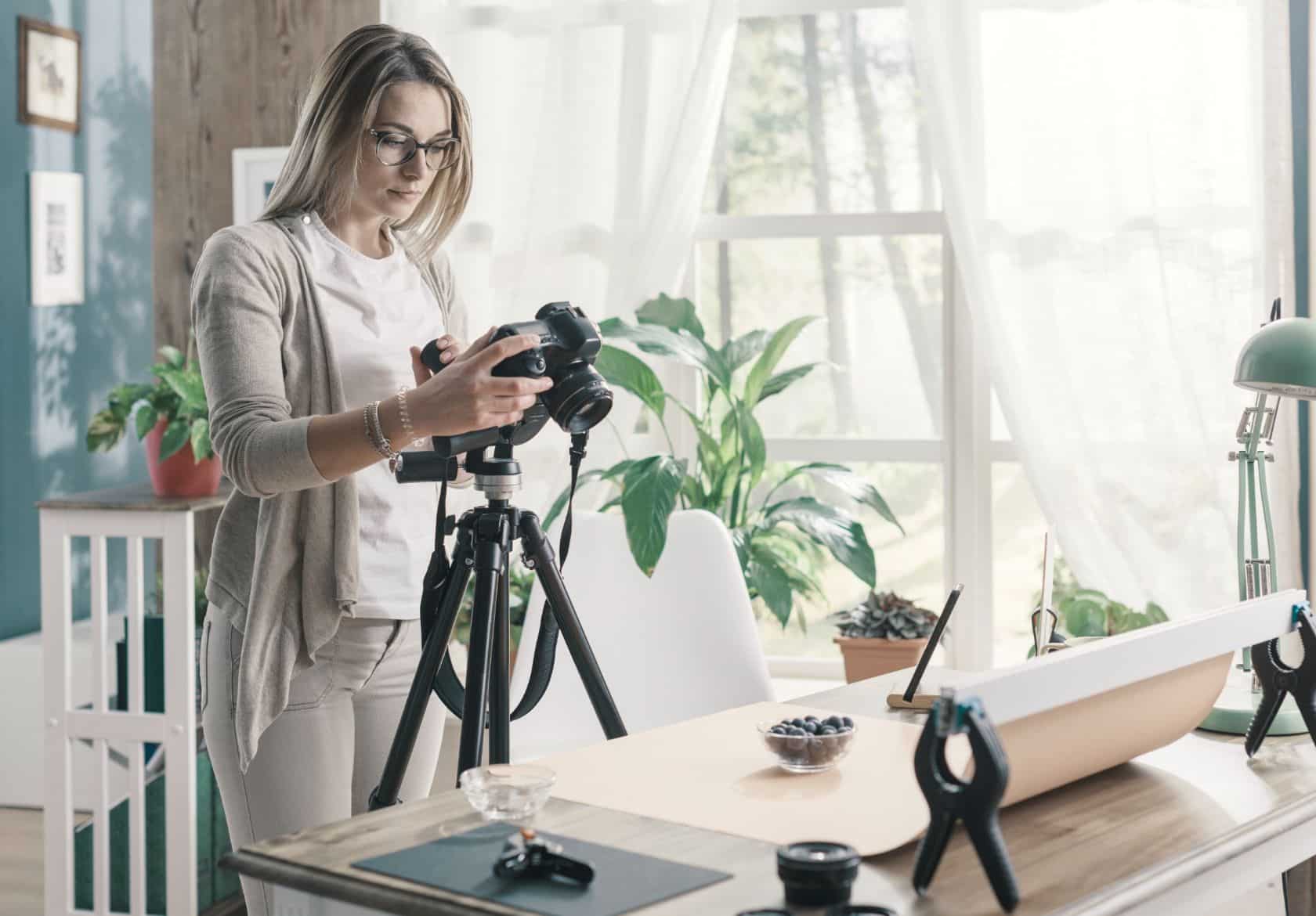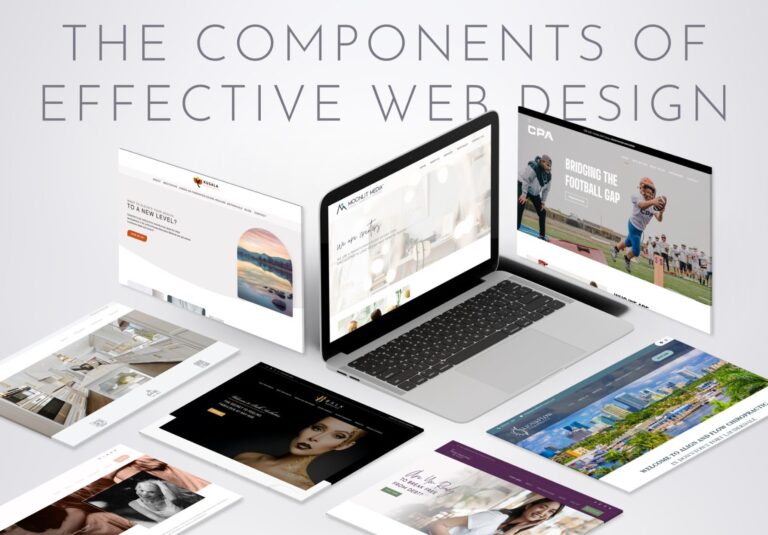In today’s digital era, high-quality visuals play a crucial role in capturing the attention of potential customers. Whether you run an online store or a brick-and-mortar shop, product and lifestyle photography can make a significant difference in showcasing your offerings and attracting buyers.
In this post, we will explore some essential tips and techniques to help you take captivating and effective product and lifestyle photographs for your small business. We will also discuss options for those who choose to outsource this important visual to a place like Moonlit Media.
1. Plan and Prepare
Before diving into a photoshoot, take the time to plan and prepare. Start by defining the objective of your photography session. Determine the story you want to convey, the mood you wish to set, and the target audience you want to appeal to.
Make a list of the products you want to feature and/or the lifestyle scenarios you plan to capture. Gathering props, scouting locations, and creating a shot list in advance will ensure a smooth and efficient process. This same process applies to video.
2. Photography Lighting Matters
Lighting is one of the most critical elements in photography. Natural light is often the best option for product and lifestyle shots. Choose a well-lit area near a large window or shoot outdoors during the golden hours (early morning or late afternoon) when the light is softer and more flattering.
If natural light is not available, consider investing in lighting equipment, such as softboxes or LED panels, to achieve professional-looking results. These lightboxes range from $8 – $125, but the ROI is incalculable.
3. Composition and Framing:
Aim for visually appealing compositions that draw the viewer’s attention to the subject. Consider the rule of thirds, which involves dividing your frame into nine equal parts with two horizontal and two vertical lines. Position your main subject at the intersection points or along these lines to create a balanced and pleasing composition.
Experiment with angles, perspectives, and negative space to add interest and depth to your photographs.
4. Showcasing Products:
When photographing your products, focus on their unique features and details. Use a clean and uncluttered background to avoid distractions.
If you sell multiple products, create consistent branding by using the same style and background for all your product images. This can help be accomplished via lightbox background, filters, or lighting. These are some excellent examples.
5. Lifestyle Photography:
To bring your products to life and showcase their real-world applications, incorporate lifestyle photography into your visual content. Lifestyle photography helps customers envision themselves using your products and evoke emotions.
When creating these, be sure you use authentic and relatable scenarios that resonate with your target audience. For example, if you sell outdoor gear, capture images of people using your products in adventurous settings. If you sell clothing, consider using a variety of differently-sized models that help others view themselves in the outfit (don’t forget to tell the audience which size the model is wearing!).
This not only helps people feel more confident when they purchase, but it can also help reduce returns.
6. Photography Styling and Props:
Pay attention to styling and props to create visually appealing and cohesive photographs. Choose props that complement your products or add context to the lifestyle scenarios. Keep them interesting, recognizable as your brand, and simple.
Scrapbook paper is an excellent way to bring some excitement to your product photos. Consider picking up a variety pack to add to your lightbox or natural lighting scene. There is also a vast array of predesigned filters and settings available at places like Etsy, Fivrr and more.
Select backgrounds, colors, and textures that enhance the overall aesthetics. Keep your brand’s identity in mind and ensure consistency in styling across all your visuals.
7. Editing and Post-Processing:
Even with great photographs, some editing and post-processing can take your images to the next level. Use photo editing software like Adobe Photoshop or Lightroom to enhance colors, adjust exposure, and sharpen details. However, remember to maintain a balance and avoid over-editing, as it can make your images look unrealistic.
8. Consistency is Key:
Consistency is crucial when it comes to building a strong visual identity for your small business. Aim for a consistent style, lighting, and composition throughout your product and lifestyle photography. This consistency will help customers recognize and connect with your brand, creating a sense of trust and professionalism.
By implementing these tips and techniques, you can elevate your small business’s product and lifestyle photography and make a lasting impression on your audience. Remember to plan ahead, pay attention to lighting and composition, showcase your products effectively, and create authentic lifestyle scenarios. With practice and creativity, you’ll be able to capture compelling visuals that enhance your brand’s image and boost sales.
Happy shooting!








